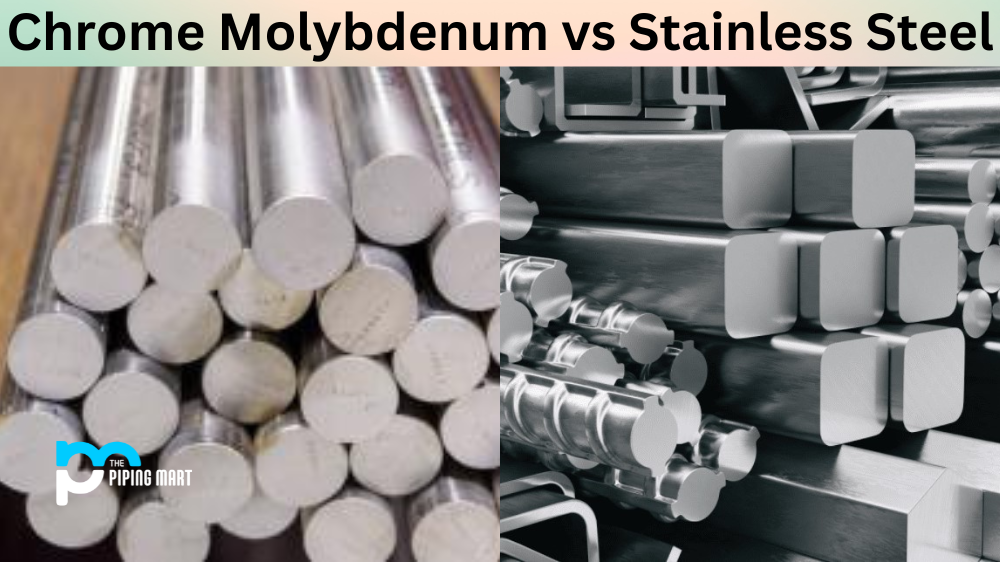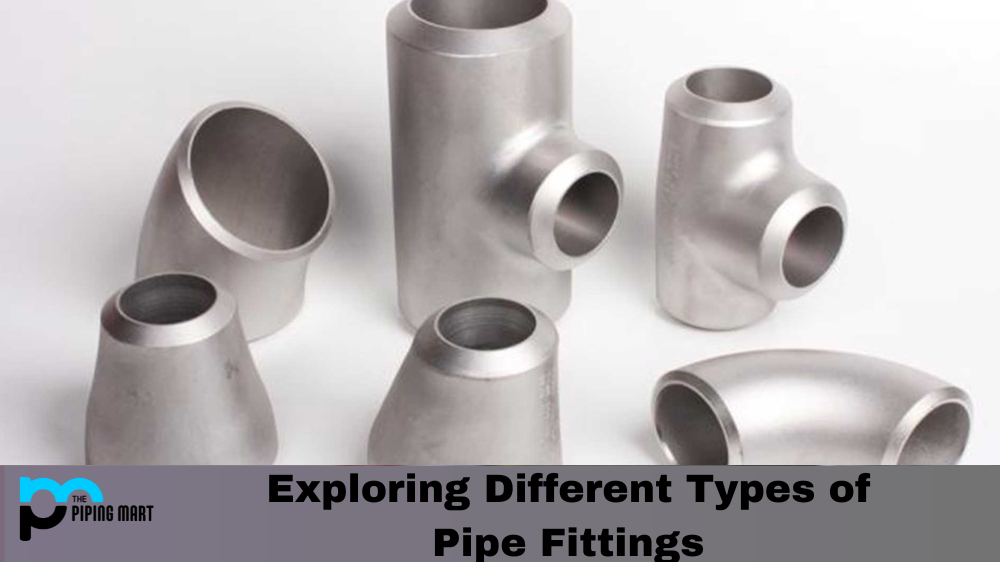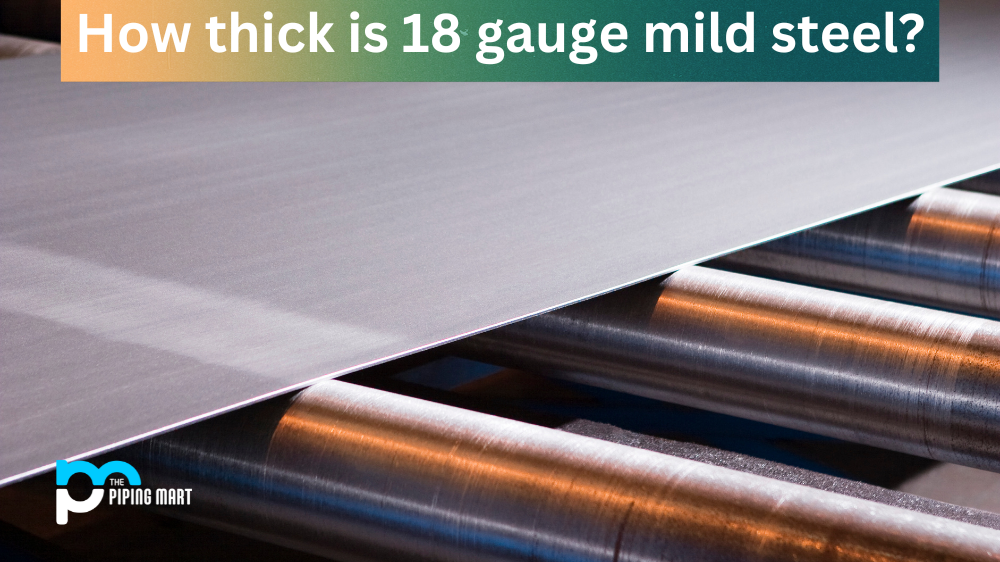As a project manager or engineer, you know that selecting the right material is crucial for ensuring safety, durability, and cost-effectiveness. Two popular options for many applications are chrome molybdenum and stainless steel. While both offer excellent properties, their unique differences make them suitable for specific purposes. In this post, we will compare chrome molybdenum vs stainless steel in terms of composition, properties, applications, and cost to help you make an informed decision for your project.
Difference Between Chrome Molybdenum and Stainless Steel
Composition
Chrome molybdenum, also known as chrome-moly or CrMo, is an alloy steel that contains chromium (Cr), molybdenum (Mo), and sometimes other elements such as vanadium (V), nickel (Ni), or tungsten (W). The main advantage of CrMo is its ability to withstand high temperatures and pressures without degrading, making it ideal for applications like pipelines, power plants, and oil rigs. Stainless steel, on the other hand, is an alloy of iron (Fe), chromium, and nickel, with or without other elements such as molybdenum, titanium (Ti), or copper (Cu). Stainless steel is known for its corrosion resistance, low maintenance, and aesthetic appeal, making it a popular choice for kitchens, medical equipment, and architectural features.
Properties
Chrome molybdenum and stainless steel offer distinct properties that affect their performance in different conditions. For example, CrMo has higher tensile strength, yield strength, and fatigue strength than stainless steel, making it more suitable for high-stress applications. CrMo also has better creep resistance and thermal conductivity, allowing it to handle extreme temperature differentials without cracking or warping. By contrast, stainless steel has superior corrosion resistance, biocompatibility, and hardness, making it suitable for acidic, alkaline, or salty environments. Stainless steel also has a lower thermal conductivity, making it useful for applications where heat retention is desired.
Applications
The applications of chrome molybdenum vs stainless steel largely depend on the specific requirements of the project or industry. For instance, CrMo is widely used in the aerospace, automotive, and mining industries, where high strength, toughness, and durability are critical. CrMo is also used in power generation plants, chemical processing equipment, and steam boilers, where it can withstand high temperatures and pressures. By contrast, stainless steel is used in biomedical implants, food processing equipment, and marine environments, where corrosion resistance and hygiene are essential. Stainless steel is also used in construction, art, and jewellery, where its aesthetic appeal and durability are valued.
Cost
The cost of chrome molybdenum vs stainless steel depends on several factors, such as grade, thickness, and availability. Generally, CrMo is more expensive than stainless steel due to its higher alloy content and manufacturing processes. However, the project’s total cost may include maintenance, downtime, and replacement costs, which can be reduced by selecting the most suitable material. In some cases, stainless steel may be cheaper due to its lower maintenance and repair costs.
Conclusion
In conclusion, chrome molybdenum and stainless steel are versatile materials with unique properties and applications. Selecting the right material for your project requires careful consideration of several factors, including composition, properties, applications, and cost. This blog post has provided a better understanding of chrome molybdenum vs stainless steel and helped you make an informed decision that meets your project goals and budget. Remember to consult with experts in the field and choose a reputable supplier to ensure quality and reliability.
Meet Heer, a dynamic and driven writer learning tricks of her trade in the metal industry. With a background in Digital Marketing, Heer brings a unique perspective to her writing, sharing valuable insights. Apart from blogging she like reading and hiking.




